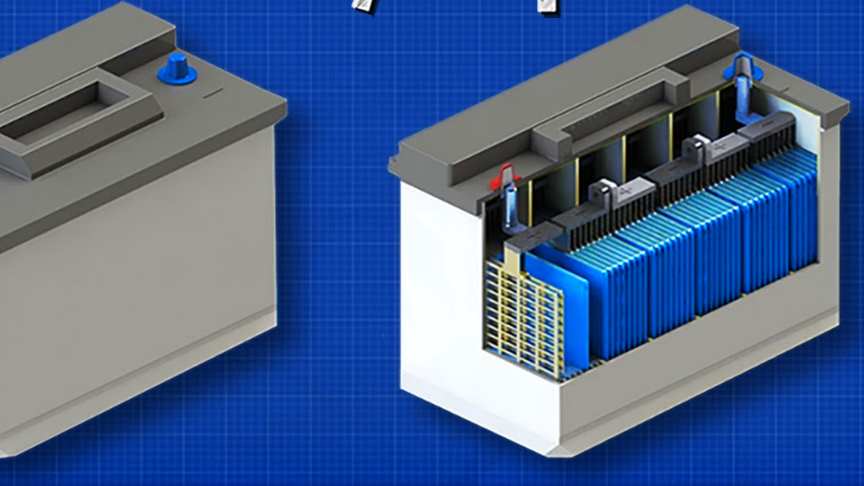When choosing lead-acid batteries, consider the following key factors.
- Battery Type: Lead-acid batteries come in various types, including flooded, sealed (AGM, gel), and deep-cycle. Determine which type suits your application best based on factors like maintenance requirements, discharge depth, and cycling ability.
- Capacity: Evaluate your power requirements and choose a battery with sufficient capacity (measured in Ah) to meet your needs. Consider factors such as the duration of backup power required and the load the battery will be supporting.
- Voltage: Ensure the battery voltage matches the requirements of your system or equipment. Common voltages for lead-acid batteries include 6V, 12V, and 24V, but other voltages are available for specialized applications.
- Physical Size and Weight: Consider the dimensions and weight of the battery, especially if space or weight constraints are a concern. Ensure the battery can fit in the available space and is manageable for installation and maintenance.
- Cycle Life: Determine the expected number of charge-discharge cycles the battery can endure over its lifespan. Batteries with higher cycle life ratings offer better long-term value, especially for applications that require frequent cycling.
- Charging Requirements: Understand the recommended charging parameters for the battery, including voltage and current limits. Ensure your charging system is compatible with these requirements to avoid damaging the battery.
- Operating Temperature Range: Consider the temperature range in which the battery will be operating. Choose a battery that can perform reliably within the expected temperature extremes of your environment.
- Maintenance Needs: Decide whether you prefer maintenance-free batteries or are willing to perform periodic maintenance tasks such as adding water (for flooded batteries) or checking electrolyte levels (for non-sealed batteries).
- Warranty and Support: Check the warranty offered by the manufacturer and ensure it provides adequate coverage for your needs. Additionally, consider the availability of technical support and after-sales service from the manufacturer or supplier.
- Price and Value: Compare prices among reputable brands and consider the overall value offered by each option. Factor in considerations such as quality, performance, warranty, and support when assessing the value proposition of a battery.
By paying attention to these factors, you can select the most suitable lead-acid battery for your specific application, whether it’s for automotive, renewable energy storage, backup power, or other purposes.


